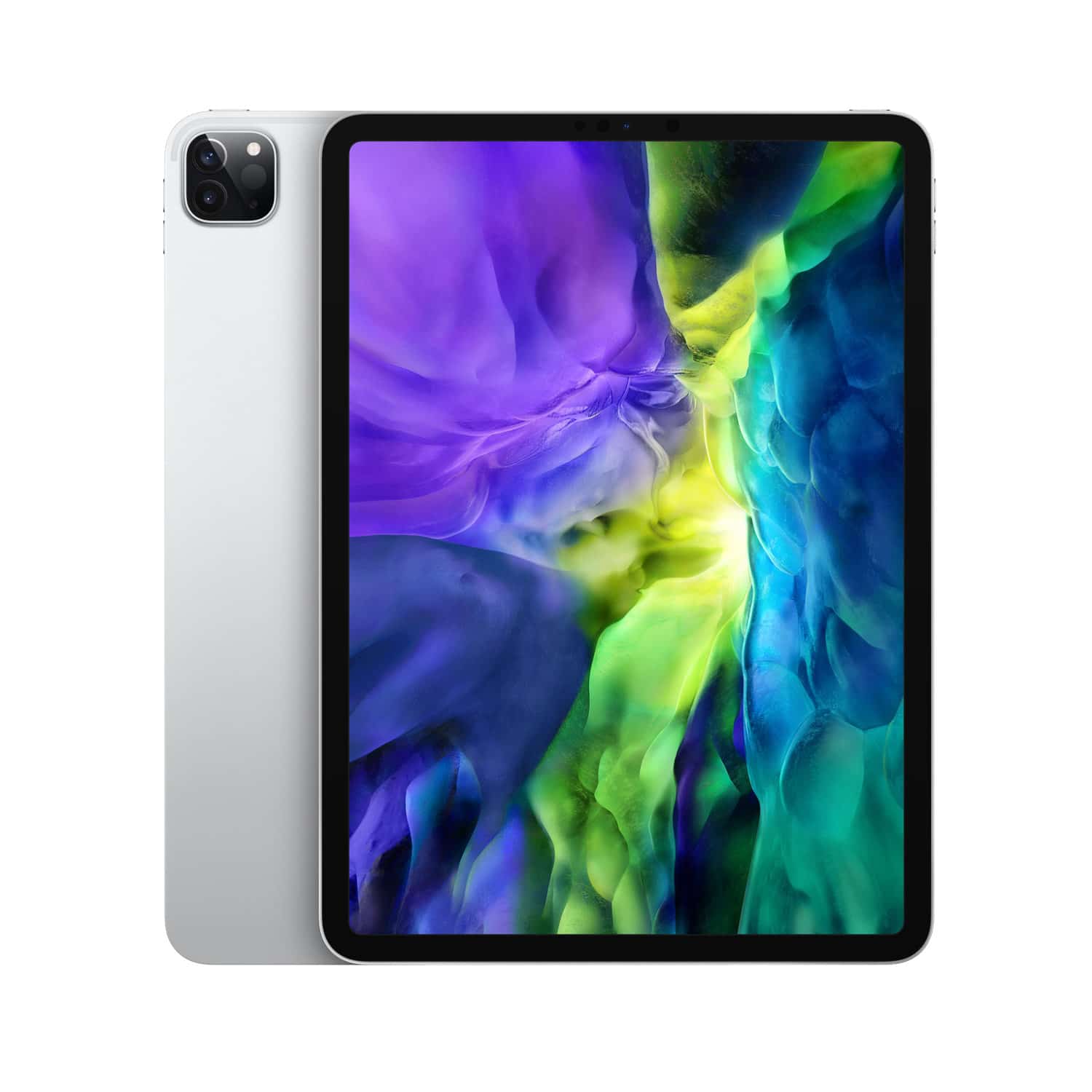


It's a very powerful machine and while the latest Pro models are faster and more capable, the iPad Air will be more than capable for most tasks. The Apple iPad Air meanwhile, runs on the M1 chip, which also has an 8-core CPU with four performance cores and four efficiency cores, though it has an 8-core GPU, 16-core Neural Engine and 8GB of RAM.

There's also a 10-core GPU, 16-core Neural Engine and either 8GB or 16GB of RAM, depending on your selection. The Apple iPad Pro models run on the M2 chip, which is made up of an 8-core CPU with four performance cores and four efficiency cores. iPad Pro 12.9-inch: M2 chip, 128GB to 2TB, 12MP+10MP dual rear camera, 12MP front camera.iPad Pro 11-inch: M2 chip, 128GB to 2TB, 12MP+10MP dual rear camera, 12MP front camera.iPad Air: M1 chip, 64/128GB, 12MP rear camera, 12MP front camera.One last thing to mention on the iPad Pro models is they have a feature called Apple Pencil Hover, which sees the screen detect the Apple Pencil once it gets within 12mm, allowing for more accurate mark making and some extra features. Additionally, the iPad Pro model have ProMotion technology, which sees their displays automatically adapt between 1Hz and 120Hz refresh rate depending on what you are doing. The iPad Pro models are brighter than the iPad Air too, especially in the case of the iPad Pro 12.9-inch which has a peak brightness of 1600nits, compared to the iPad Pro 11-inch’s 600nits max brightness and the iPad Air's 500nits. All three also all have a fully laminated display - something the iPad (10th generation) misses off its spec list compared to the iPad Air. The iPad Air is also fractionally smaller than the iPad Pro 11-inch with a 10.9-inch screen.Īll three offer a pixel density of 264ppi and they all also come with technologies like a P3 wide colour gamut, True Tone and an anti-reflective coating. The iPad Pro 11-inch and the iPad Air both have Liquid Retina displays, and they are of course slightly smaller than the iPad Pro 12.9-inch.


 0 kommentar(er)
0 kommentar(er)
